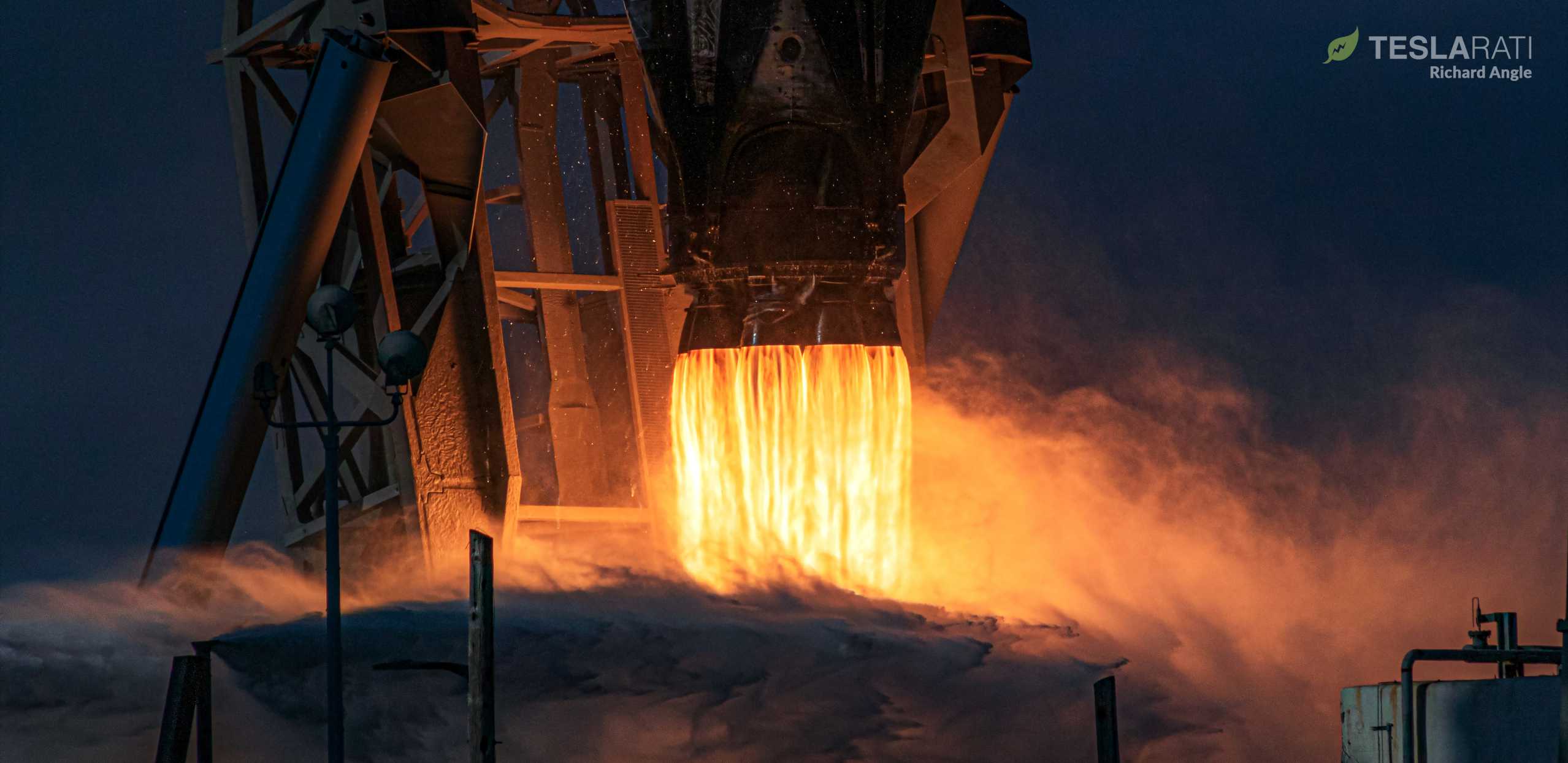

News
SpaceX's next launch ready to go just weeks after in-flight engine failure
Just weeks after SpaceX suffered its first in-flight rocket engine failure since 2012, the company has scheduled its next launch on April 16th.
Set to lift off no earlier than (NET) 5:31 pm EDT (21:31 UTC) from NASA Kennedy Space Center (KSC) Launch Complex 39A (Pad 39A), the mission will be SpaceX’s seventh dedicated launch of 60 Starlink satellites. Known as Starlink-6 in reference to the sixth launch of finalized Starlink v1.0 spacecraft, a successful mission could leave SpaceX with some ~410 operational satellites in orbit – significantly more than twice as big as the next largest constellation.
More importantly, Starlink-6 will mark a sort of return-to-flight for Falcon 9 after booster B1048 suffered an in-flight engine failure and missed its landing attempt on March 18th. While the booster was able to sacrifice itself to ensure that the overall Starlink-5 mission was a success, any in-flight failure is still a significant event in aerospace. To that end, very little is known about the Starlink-5 anomaly, aside from announcements that both NASA and the US Air Force will be paying close attention to the results of SpaceX’s internal investigation. Starlink-6’s imminent launch is now the latest piece of that puzzle, shedding some welcome light on the situation.
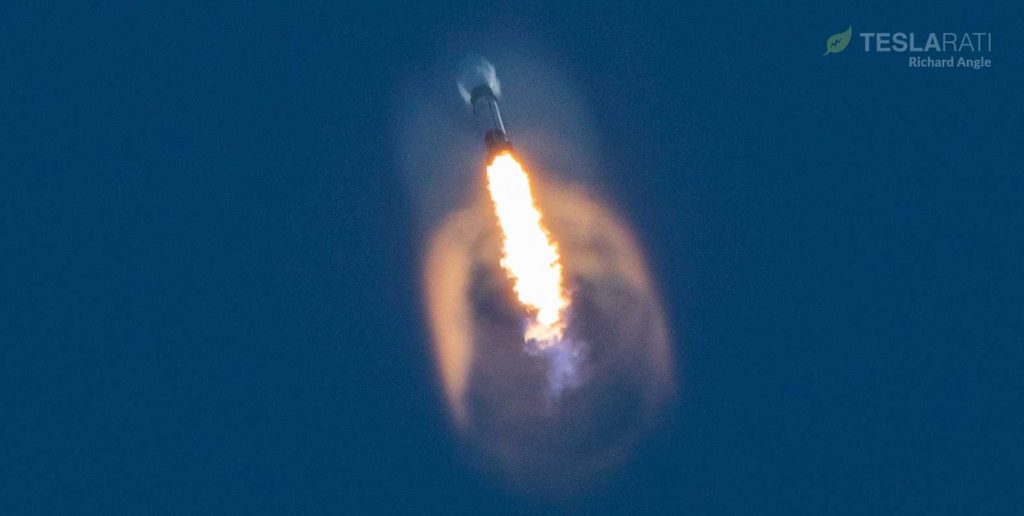
Unsurprisingly, an in-flight Falcon 9 engine failure more than piqued the curiosities of high-profile SpaceX customers like NASA and the US Air Force (and Space Force), both of which have some of the company’s most important launches ever scheduled within the next few months. Most notably, NASA noted on March 25th that the space agency and SpaceX “are holding the current mid-to-late May [target for Crew Dragon’s inaugural astronaut launch] and [will] adjust the date based on review of the [engine failure] data, if appropriate.”
At time of comment, a few aspects of the unfortunate Starlink-5 engine failure were already positioned in SpaceX’s favor. Critically, it was the first time that a flight-proven Falcon 9 booster launched on its fifth orbital-class mission, meaning that the very same booster – B1048 – had already launched four times prior. In aerospace parlance, the mission thus served as a pathfinder for SpaceX’s reusable rocketry technology, venturing into new territory. Since it began internal Starlink launches, SpaceX has used those opportunities to take its most recent reusability leaps without risking customer payloads in the process.
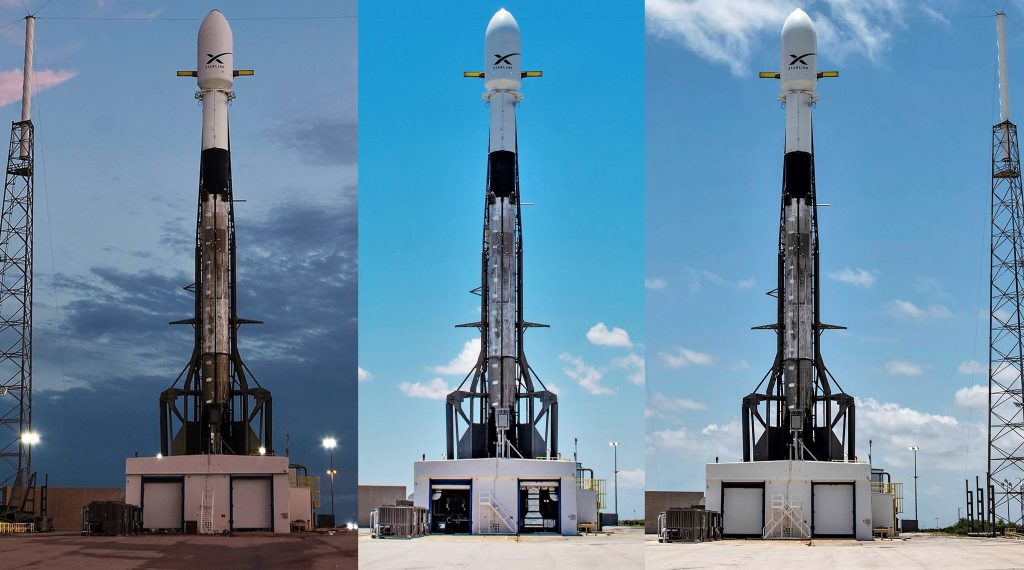
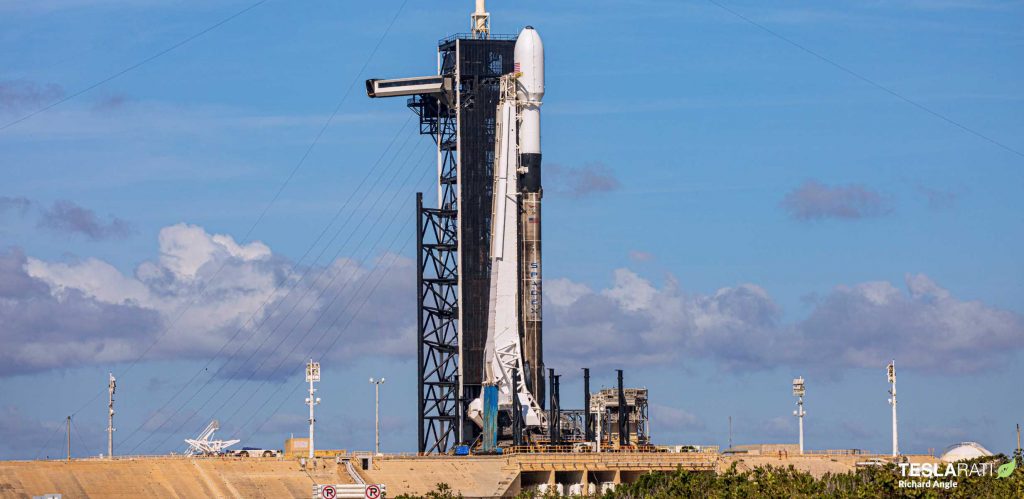
At least for now, neither NASA or the USAF have plans to fly their most valuable payloads on flight-proven Falcon boosters. While that may change over the next several years, it means that SpaceX’s Starlink-5 anomaly and missions like Crew Dragon Demo-2 and GPS III SV03 – both set to fly on new boosters – share much less commonality. Of course, this assumes that B1048’s March 18th engine failure is directly related to the booster’s exceptionally flight-proven nature. Were SpaceX’s investigation to conclude that the fault had nothing to do with multi-launch wear and tear, it would likely ground Falcon 9 and Falcon Heavy indefinitely.
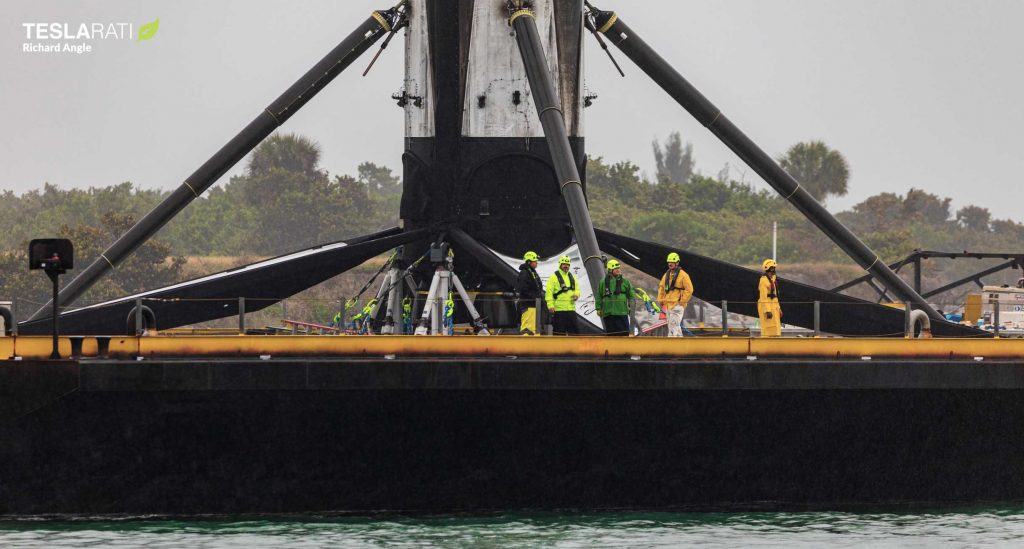
Instead, SpaceX – knowing full-well the potential consequences of two consecutive in-flight failures – has decided to attempt another orbital-class Starlink launch and booster landing less than a month after Starlink-5. To be clear, while SpaceX could choose to throw caution to the wind on an internal launch, it’s doubtful that it would haphazardly take such a substantial risk. Instead, Starlink-6’s April 16th launch date strongly suggests that SpaceX is already reasonably confident that it’s both determined the likely culprit of last month’s engine failure and identified ways to prevent its reoccurrence.
News
Tesla UK sales see 14% year-over-year rebound in June: SMMT data
The SMMT stated that Tesla sales grew 14% year-over-year to 7,719 units in June 2025.

Tesla’s sales in the United Kingdom rose in June, climbing 14% year-over-year to 7,719 units, as per data from the Society of Motor Manufacturers and Traders (SMMT). The spike in the company’s sales coincided with the first deliveries of the updated Model Y last month.
Model Y deliveries support Tesla’s UK recovery
Tesla’s June performance marked one of its strongest months in the UK so far this year, with new Model Y deliveries contributing significantly to the company’s momentum.
While the SMMT listed Tesla with 7,719 deliveries in June, independent data from New AutoMotive suggested that the electric vehicle maker registered 7,891 units during the month instead. However, year-to-date figures for Tesla remain 2% down compared to 2024, as per a report from Reuters.
While Tesla made a strong showing in June, rivals are also growing. Chinese automaker BYD saw UK sales rise nearly fourfold to 2,498 units, while Ford posted the highest EV growth among major automakers, with a more than fourfold increase in the first half of 2025.
Overall, the UK’s battery electric vehicle (BEV) demand surged 39% to to 47,354 units last month, helping push total new car sales in the UK to 191,316 units, up 6.7% from the same period in 2024.
EV adoption accelerates, but concerns linger
June marked the best month for UK car sales since 2019, though the SMMT cautioned that growth in the electric vehicle sector remains heavily dependent on discounting and support programs. Still, one in four new vehicle buyers in June chose a battery electric vehicle.
SMMT Chief Executive Mike Hawes noted that despite strong BEV demand, sales levels are still below regulatory targets. “Further growth in sales, and the sector will rely on increased and improved charging facilities to boost mainstream electric vehicle adoption,” Hawes stated.
Also taking effect this week was a new US-UK trade deal, which lowers tariffs on UK car exports to the United States from 27.5% to 10%. The agreement could benefit UK-based EV producers aiming to expand across the country.
News
Tesla Model 3 ranks as the safest new car in Europe for 2025, per Euro NCAP tests
Despite being on the market longer than many of its rivals, the Tesla Model 3 continues to set the bar for vehicle safety.

The Tesla Model 3 has been named the safest new car on sale in 2025, according to the latest results from the Euro NCAP. Among 20 newly tested vehicles, the Model 3 emerged at the top of the list, scoring an impressive 359 out of 400 possible points across all major safety categories.
Tesla Model 3’s safety systems
Despite being on the market longer than many of its rivals, the Tesla Model 3 continues to set the bar for vehicle safety. Under Euro NCAP’s stricter 2025 testing protocols, the electric sedan earned 90% for adult occupant protection, 93% for child occupant protection, 89% for pedestrian protection, and 87% for its Safety Assist systems.
The updated Model 3 received particular praise for its advanced driver assistance features, including Tesla’s autonomous emergency braking (AEB) system, which performed well across various test scenarios. Its Intelligent Speed Assistance and child presence detection system were cited as noteworthy features as well, as per a WhatCar report.
Other notable safety features include the Model 3’s pedestrian-friendly pop-up hood and robust crash protection for both front and side collisions. Euro NCAP also highlighted the Model 3’s ability to detect vulnerable road users during complex maneuvers, such as turning across oncoming traffic.
Euro NCAP’s Autopilot caution
While the Model 3’s safety scores were impressive across the board, Euro NCAP did raise concerns about driver expectations of Tesla’s Autopilot system. The organization warned that some owners may overestimate the system’s capabilities, potentially leading to misuse or inattention behind the wheel. Even so, the Model 3 remained the highest-scoring vehicle tested under Euro NCAP’s updated criteria this year.
The Euro NCAP’s concerns are also quite interesting because Tesla’s Full Self-Driving (FSD) Supervised, which is arguably the company’s most robust safety suite, is not allowed for public rollout in Europe yet. FSD Supervised would allow the Model 3 to navigate inner city streets with only minimal human supervision.
Other top scorers included the Volkswagen ID.7, Polestar 3, and Geely EX5, but none matched the Model 3’s total score or consistency across categories. A total of 14 out of 20 newly tested cars earned five stars, while several models, including the Kia EV3, MG ZS, and Renault 5, fell short of the top rating.
Elon Musk
Why Tesla’s Q3 could be one of its biggest quarters in history
Tesla could stand to benefit from the removal of the $7,500 EV tax credit at the end of Q3.

Tesla has gotten off to a slow start in 2025, as the first half of the year has not been one to remember from a delivery perspective.
However, Q3 could end up being one of the best the company has had in history, with the United States potentially being a major contributor to what might reverse a slow start to the year.
Earlier today, the United States’ House of Representatives officially passed President Trump’s “Big Beautiful Bill,” after it made its way through the Senate earlier this week. The bill will head to President Trump, as he looks to sign it before his July 4 deadline.
The Bill will effectively bring closure to the $7,500 EV tax credit, which will end on September 30, 2025. This means, over the next three months in the United States, those who are looking to buy an EV will have their last chance to take advantage of the credit. EVs will then be, for most people, $7,500 more expensive, in essence.
The tax credit is available to any single filer who makes under $150,000 per year, $225,000 a year to a head of household, and $300,000 to couples filing jointly.
Ending the tax credit was expected with the Trump administration, as his policies have leaned significantly toward reliance on fossil fuels, ending what he calls an “EV mandate.” He has used this phrase several times in disagreements with Tesla CEO Elon Musk.
Nevertheless, those who have been on the fence about buying a Tesla, or any EV, for that matter, will have some decisions to make in the next three months. While all companies will stand to benefit from this time crunch, Tesla could be the true winner because of its sheer volume.
If things are done correctly, meaning if Tesla can also offer incentives like 0% APR, special pricing on leasing or financing, or other advantages (like free Red, White, and Blue for a short period of time in celebration of Independence Day), it could see some real volume in sales this quarter.
You can now buy a Tesla in Red, White, and Blue for free until July 14 https://t.co/iAwhaRFOH0
— TESLARATI (@Teslarati) July 3, 2025
Tesla is just a shade under 721,000 deliveries for the year, so it’s on pace for roughly 1.4 million for 2025. This would be a decrease from the 1.8 million cars it delivered in each of the last two years. Traditionally, the second half of the year has produced Tesla’s strongest quarters. Its top three quarters in terms of deliveries are Q4 2024 with 495,570 vehicles, Q4 2023 with 484,507 vehicles, and Q3 2024 with 462,890 vehicles.
-

 Elon Musk4 days ago
Elon Musk4 days agoTesla investors will be shocked by Jim Cramer’s latest assessment
-

 News1 week ago
News1 week agoTesla Robotaxi’s biggest challenge seems to be this one thing
-

 Elon Musk2 weeks ago
Elon Musk2 weeks agoFirst Look at Tesla’s Robotaxi App: features, design, and more
-

 News2 weeks ago
News2 weeks agoSpaceX and Elon Musk share insights on Starship Ship 36’s RUD
-

 News2 weeks ago
News2 weeks agoWatch Tesla’s first driverless public Robotaxi rides in Texas
-

 News1 week ago
News1 week agoWatch the first true Tesla Robotaxi intervention by safety monitor
-

 News2 weeks ago
News2 weeks agoTesla has started rolling out initial round of Robotaxi invites
-

 Elon Musk2 weeks ago
Elon Musk2 weeks agoTesla to launch in India in July with vehicles already arriving: report


















